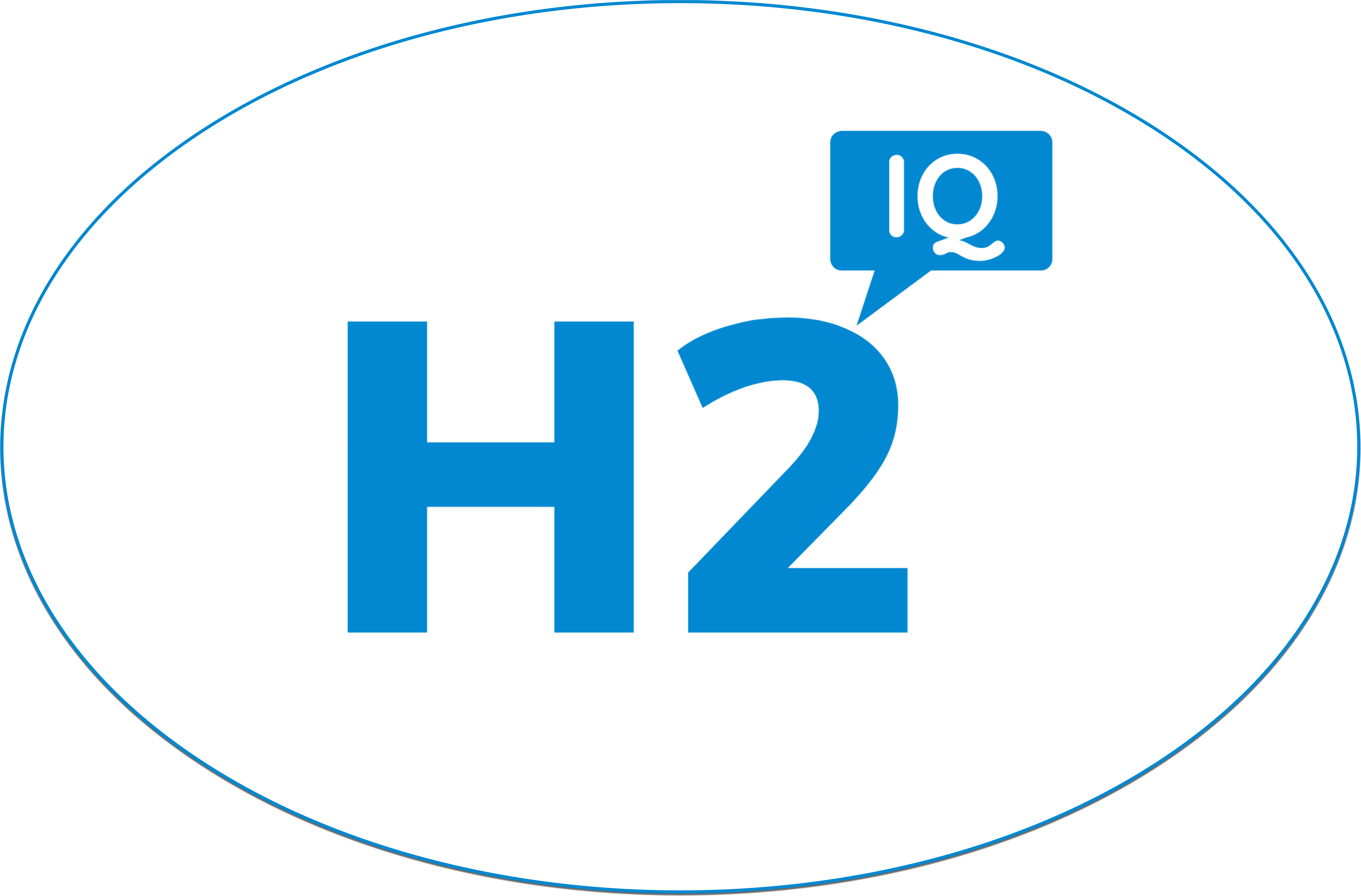
Toyota began testing its Corolla hydrogen-powered race car at Fuji Speedway for this weekend’s Super Taikyu racing series. Yesterday, it pulled the Corolla from competition when the one thing you don’t want when dealing with hydrogen happened, fire. The engine bay caught fire from a leak of liquid hydrogen.
When did Toyota begin using liquid hydrogen in racing?
This isn’t the first year that Toyota is using liquid hydrogen for fuel. For the past two years, it has been racing with both hydrogen gas and liquid hydrogen systems, so this is not the first shot with the relatively new-to-Toyota liquid hydrogen.
Toyota appears to be all-in on hydrogen development. We won’t get into the pros and cons of the technology, other than it takes so much energy to produce that its positive attributes pale with the costs involved. Switching to liquid hydrogen is another step in its hydrogen development plans.
What caused the hydrogen leak?
The Corolla now is sitting out the next few races to explore the problem. And what is the problem? According to Toyota, a pipe came loose developing a leak. Leaking out onto the engine, the engine’s high temperature ignited the fuel.
The automaker says that the leak is not associated with the hydrogen fuel, but instead, is merely a “mechanical failure.” That could very well be. But the images of the Hindenburg zeppelin at Lakehurst, New Jersey, exploding in 1937 give one pause. In that case, the cause was leaking hydrogen gas.





